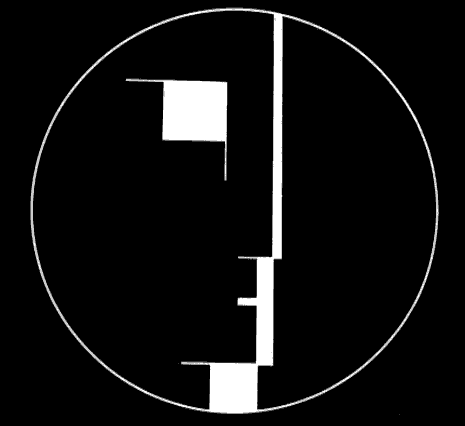Bauhaus was one of the most definitive design movements of
the modern age, reaching its peak between the 2 world wars. The word Bauhaus
name, mostly translated from German, means house of construction or school of
building, even though there was no architecture as such within the first years
of its existence. Bauhaus was a new type of art school, historically European
art academies thought each design subject separately, the Bauhaus offered
foundation training in many design disciplines, they believed in verity.
Understanding mass production was part of the curriculum and the school sought
to develop students with art and craft whilst embracing new technologies. It
was also the beginning of the art school as an alternative way of life. Germany
at that time was a rather conservative place though.
Bauhaus initial idea was to reject the idea of decorative
art and replace it with minimalism in mass production. Its main inspiration
came from the De Stijl movement which was a modernist movement founded by Theo
Van Doesbeurg, its characteristics were the use of primary colours and
horizontal and vertical lines and rectangular forms. The Bauhaus focused on
intense form, absolute clarity, and distinctive visual identity.
Some Important Highlights in the Bouhaus history
•1919 – Bauhaus founded in Weinmar, Gremany. By Walter Gropius
•1921 – Theo Van Doesburg (de Stijl)
visited the school and thought them ideas from futurism, constructivism, surrealism and dada. Bauhaus also starts
to offer more varied courses. Women also are now allowed to enroll.
•1923- Johannes itten Leaves, being replaced by Moholy-Nagy
who introduced now typography.
•1924- Bauhaus moved to Dessau because
of funding problems.
•1926- Dessau Bauhaus finished being
built.
•1928- Gropius resigned along with
Moholy-Nagy and Bayer. Hannes Meyer became director.
•1930- Hannes Meyer dismissed as
director. Ludwig Meis Becomes director
of the school.
•1931-1933 Van Der Rohe cut out things from the curriculum.
Due to lack of funds the Dessau Bauhaus was closed. Van Der Rohe moved the bauhaus to berlin (only lasted for a short
time)
•1933 Nazis closed the school
•1933 onwards – Moholy-Nagy established
the Bauhaus in Chicago which is now called the The Institute of Design

Characteristics of Bauhaus
•Geometric, functional and modern
•Order, asymmetry
•Rectangular grid structure
•Horizontals and verticals were dominant
•Circles, squares,
rectangles, triangles, bars, and
rules to unify or separate elements versus
being used
for decoration
•Extreme contrast in type size and
weight to achieve
various degrees of emphasis
•Typography without capitals -
San Serif
•Introduction of flush
left - rag right typography
•Copy rotated 90
degrees
•Only structurally
essential components used.
•Elementary forms and
the use of black plus one
bright hue

No comments:
Post a Comment